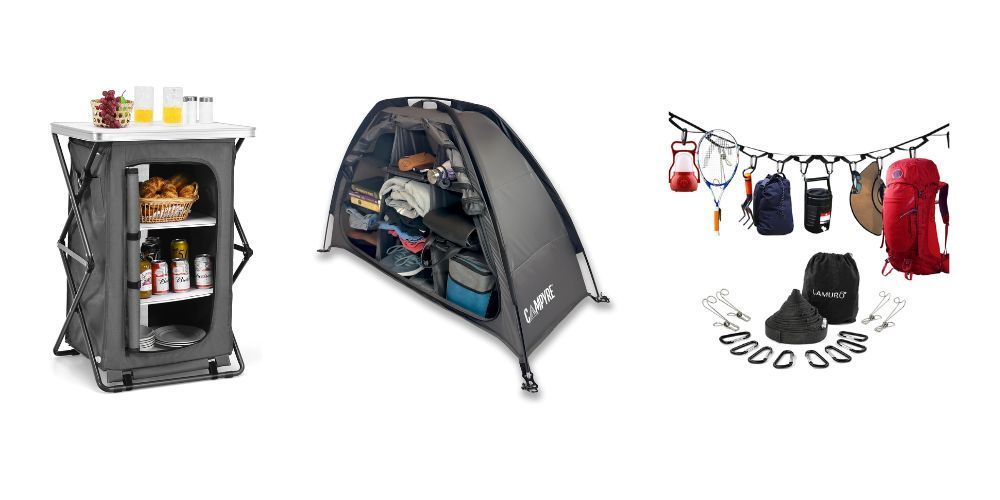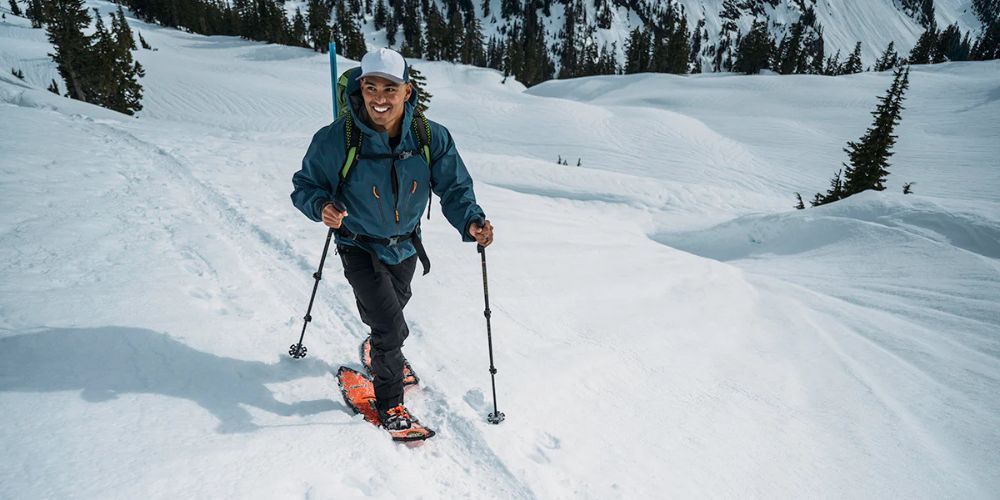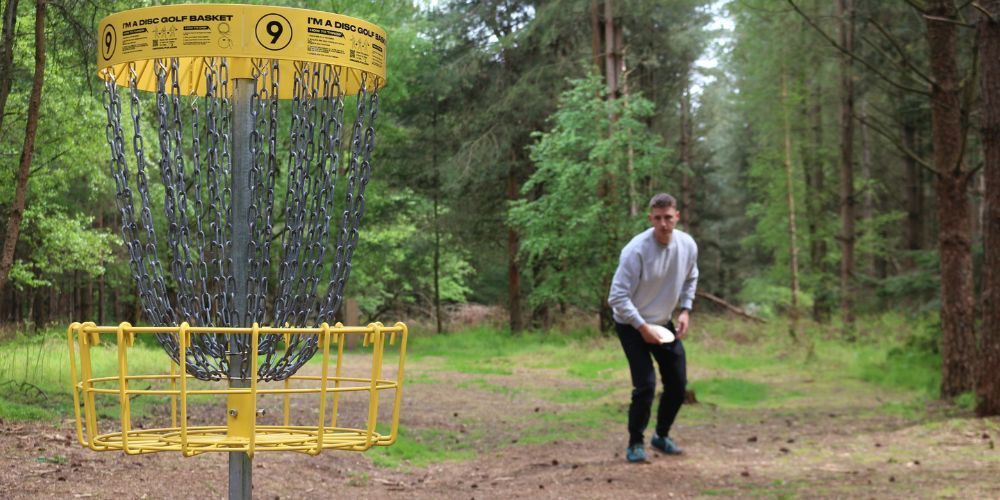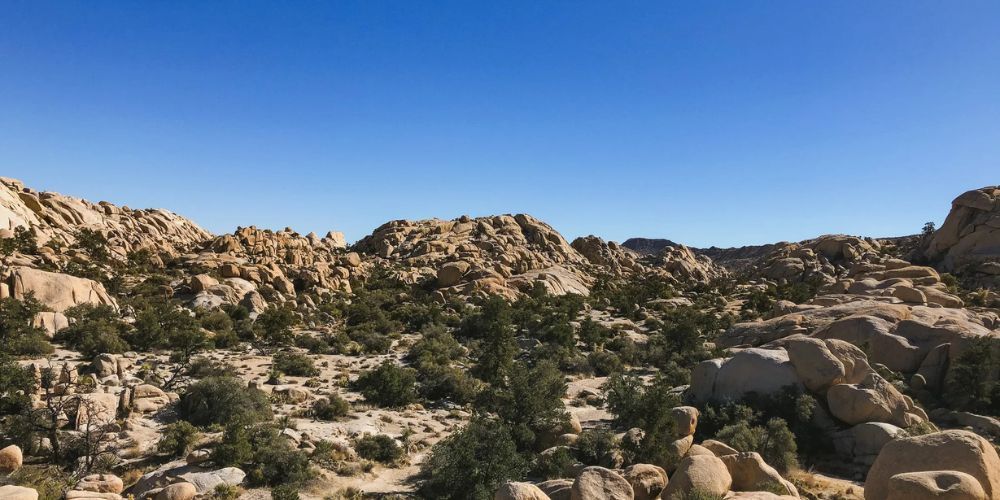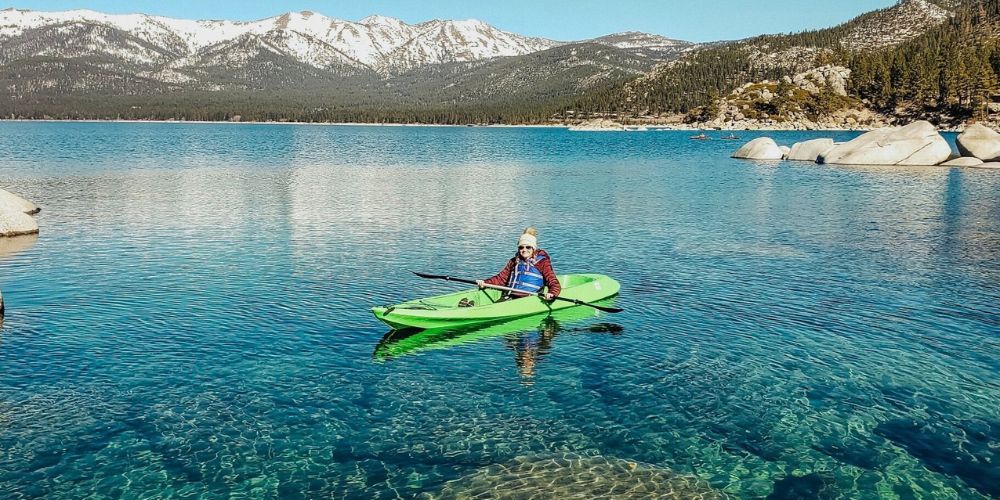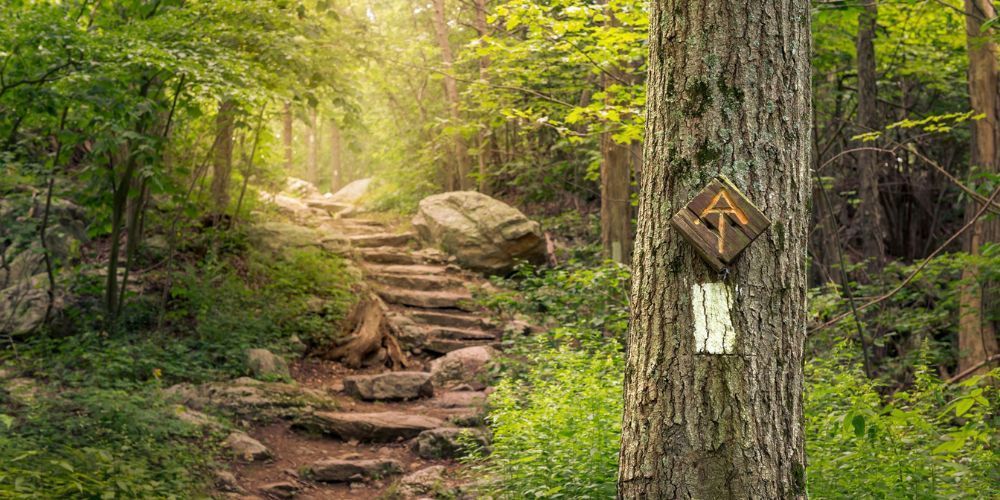Finding Difficult Geocaches: Essential Tips and Techniques to Locate Them
October 8, 2024
The allure of finding difficult geocaches beckons adventurers who thrive on the thrill of a challenging hunt. Yet, it's easy to feel defeated when hours spent probing dense woods or scouring urban landscapes yield no reward. But don't let frustration deter you; meticulous preparation can elevate your success rate significantly.
Start with thorough research into each geocache's listing and previous logs—they often hide crucial hints about tricky terrains or misunderstood clues. Packing enough supplies for what could be a full-day quest transforms a casual outing into a well-planned expedition. Also, keeping your ambitions realistic ensures that even if some caches elude you, your spirit stays high, ready for another day of adventure.
To find difficult geocaches, consider using a flexible search approach within a 30-foot radius of the coordinates, as this can lead to success. Additionally, develop your "geosense" by observing patterns in other caches and take your time thoroughly examining potential hiding spots, which may involve clever disguising techniques that blend with the environment.
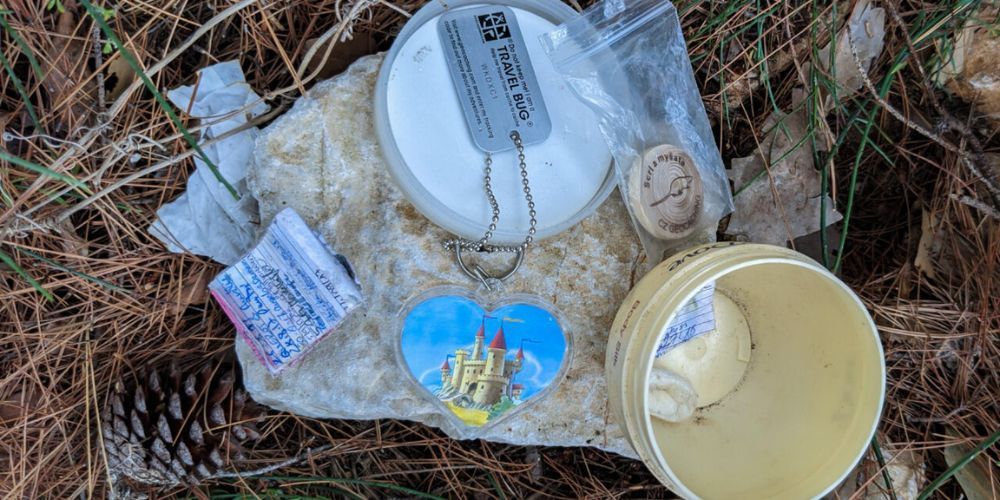
Preparing for the Adventure
The first step in preparing for a successful geocaching adventure is research. Before even stepping out the door, it’s imperative to gather as much information about the geocache as possible. This means looking closely at the listing provided on geocaching platforms. Make sure to read each detail carefully; insightful comments and hints left by others can provide invaluable insights regarding what terrain to expect and specific challenges faced while locating the cache.
For example, one cacher might note that they found the hiding spot cleverly camouflaged, while another might mention a particular bush that serves as a perfect landmark during your search.
Once you've armed yourself with knowledge from previous seekers, it's time to focus on physical preparation.
Packing adequate supplies is essential when tackling a difficult geocache. Imagine heading out for a mini expedition rather than just a simple stroll through the park; this helps frame your mindset for what lies ahead. Some trails may take longer to navigate than expected or present unexpected obstacles—like falling branches or muddy paths—along the way. Therefore, packing essentials like water, snacks, and a compact first-aid kit is crucial. Consider adding weather-appropriate clothing; layers can make all the difference if you're hiking in unpredictable conditions. Just as you wouldn’t head into a remote forest without sufficient gear, entering the world of geocaching without proper preparation can lead to exhaustion or frustration.
After ensuring you've got both knowledge and gear, it’s vital to prepare your mindset effectively.
Setting realistic goals becomes incredibly important during challenging hunts. Along with the excitement of seeking hidden treasures comes the reality that not every search will result in finding a cache. Embrace this aspect by establishing incremental objectives that allow you to experience small successes throughout your journey.
For instance, instead of focusing solely on finding the cache itself, consider setting short-term goals: perhaps aim to reach a specific waypoint along the trail within an hour or take time to admire interesting wildlife or landscape features along your path.
By adjusting your expectations accordingly, you can retain motivation and ensure your adventure remains enjoyable even if you don’t succeed in capturing that elusive cache on your first attempt.
With these preparations in place — thorough research, adequate supplies packed, and realistic goals set — you're primed for an engaging experience that requires both skill and ingenuity as you explore what lies ahead.
Essential Tools and Technology
Arming yourself with the right tools can significantly improve your chances of finding challenging geocaches. No seasoned geocacher goes into the field empty-handed; the correct gadgets can be the difference between a triumphant find and a frustrating search. Each piece of equipment enhances your ability to navigate, search, and log discoveries effortlessly.
Must-Have Gadgets
- Handheld GPS Device: While smartphones are handy, consider investing in a dedicated handheld GPS. These devices often provide more accuracy than smartphones, especially in rugged terrains where signals can be spotty. Their reliability means you won't have to worry about losing your way when you're deep in the woods.
- Smartphone with Geocaching App: Don’t underestimate the power of modern technology! A smartphone equipped with a geocaching application is invaluable for logging finds and accessing hints on-the-go. Whether it's tracking down coordinates or referencing user-generated clues, your phone becomes a virtual companion during your quest.
- Flashlight: Whether sneaking through shady underbrush or exploring caves, a flashlight is vital for illuminating dense foliage or dark crevices. Make sure to carry one with a beam strong enough to penetrate the depths of potentially cache-laden shadows.
- Mirror on an Extendable Stick: This quirky yet practical tool allows you to peer into hard-to-reach places without having to crawl or risk injury. You might be surprised at how often this gadget comes in handy!
- Magnifying Glass: Sometimes it’s all about the details. A magnifying glass can help you inspect minute elements that may lead you to crucial clues hidden within the cache or its surroundings.
Each tool serves a specific purpose; therefore, it is wise to carry a varied arsenal tailored to your specific geocaching needs.
Tech Integration
In addition to these essential gadgets, consider integrating modern technology into your geocaching routine as well. Utilizing specialized apps like CacheSense or C:Geo can transform your expedition by offering offline maps and real-time logging capabilities. This way, even if you're deep in an area with poor signal reception, you’ll still have access to important navigation features and data for tackling those particularly difficult caches.
By blending traditional tools with modern technology, you empower yourself to face challenges head-on, turning what could be an uphill search into an exhilarating treasure hunt filled with excitement and discovery.
Before heading out, take stock of your equipment—you'll want every bit of gear at your disposal when facing those elusive geocaches lurking just beyond the trailhead.
With a solid toolkit in hand, it's time to explore how proper preparation and strategic use of navigational resources can make your adventures even more rewarding.
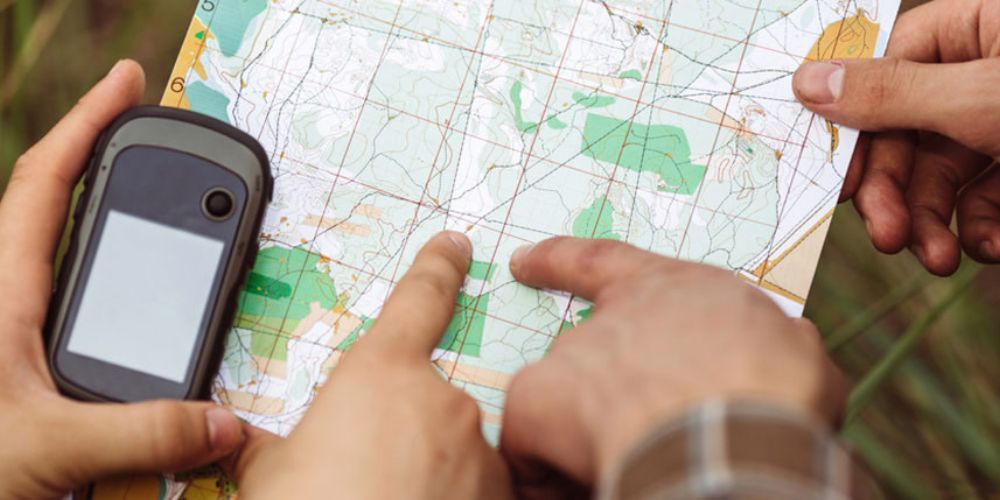
Planning and Using Maps
When embarking on a quest for difficult geocaches, the right maps become your best friends. Detailed maps provide more than just coordinates; they reveal intricate details about the terrain that can significantly enhance your search. As you prepare for your expedition, be sure to take note of topographical features such as elevation changes, imposing hills, and winding rivers. These elements can shift your perspective on where a cache could be hidden, guiding you towards the most likely spots for discovery.
Using Topo Maps
Topographic maps are invaluable tools because they depict the three-dimensional landscape in two dimensions. They show not only where peaks or valleys are located but also indicate the steepness of slopes through contour lines. A well-placed cache might be situated on a plateau just off a hiking trail or nestled next to a small water body that’s not immediately visible from afar. By analyzing these fine details, you can hypothesize cache locations more effectively. For instance, spotting a valley surrounded by steep inclines may indicate an ideal hiding spot since it offers natural concealment.
As we explore mapping techniques further, consider how to blend traditional methods with modern technology.
Paper vs. Digital Maps
The debate between using digital versus paper maps often sparks lively discussions among geocachers. On one side, digital maps provide up-to-the-minute data that can track your location precisely and dynamically update routes based on real-time information. However, there's something inherently reassuring about having a physical map in your pocket when technology falters due to dead batteries or poor reception in remote areas.
This is why many seasoned geocachers advocate for a balanced approach—carrying both types can offer layers of security against unexpected failures during your adventure. Consider this: while traversing through dense woods, you might find your smartphone GPS struggling to maintain a signal. Having a paper map as a backup allows you to carry on confidently if technology doesn't cooperate.
Engaging with both forms of mapping enriches your geocaching experience. Understanding the limitations and advantages of each will bolster your chances of finding those elusive caches while enjoying the great outdoors. The heart of successful geocaching lies in preparation, awareness, and flexibility—a skill set that sharpens with every mapping session.
With this foundational knowledge of maps established, we can now transition into exploring the clever tactics used to identify unique places for hiding the caches themselves.
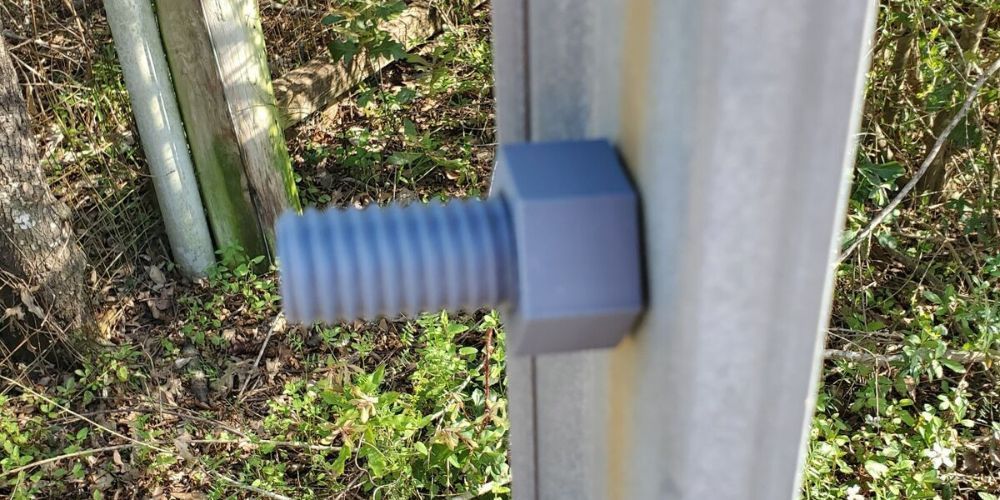
Spotting Unusual Hiding Spots
To increase your chances of finding those elusive caches, you must develop a keen eye for unusual hiding spots that often go unnoticed. The most successful geocachers learn to look beyond the obvious and engage with their surroundings on a deeper level. Every outdoor setting—whether it’s a bustling park or a tranquil forest—can hide treasures in plain sight. It helps to immerse yourself in the environment, both mentally and physically. Take in the textures, colors, and shapes of objects around you. This awareness can direct your thoughts to possible concealment methods hiders might employ.
One way to embrace this mindset is by observing differing patterns in nature and urban spaces. For example, an artificial rock amongst genuine stones may attract attention if approached with skepticism; similarly, a perfectly symmetrical tree stump could be hiding something inside. Keeping an open mind about incongruities allows you to spot hidden details that would otherwise blend seamlessly into their environment.
Common Hide Techniques
- Fake Electrical Plates: Frequently found on the back of buildings or outposts, these cleverly disguise caches that can be overlooked by someone focused solely on natural elements.
- Magnetic Hide-a-Keys: These ingenious contraptions are typically tucked beneath benches or affixed to sculptural installations in parks, camouflaging the cache among everyday structures.
- Tree Carvings: A popular tactic is to hollow out sections of trees and seal them with natural materials that match their surroundings, making them almost indistinguishable from the rest of the tree.
As you familiarize yourself with various methods used by geocache designers, you will sharpen your "geosense," enhancing your instincts for where to look next. Each successful find builds your confidence and refines your understanding of how different materials can blend together, making future searches easier and more intuitive.
By honing your skills in spotting these creative hiding spots, you're setting yourself up for success as you explore the vast world of geocaching. With each discovery, you'll soon discover valuable insights shared by fellow enthusiasts that can further enhance your treasure-hunting adventures.
Utilizing Community Hints
The world of geocaching thrives on shared experiences and collective wisdom, so learning how to leverage community hints can drastically improve your success rate. When diving into cache logs, for example, it’s not just about scanning for locations; it’s about understanding the narratives left by other seekers. These logs contain treasure troves of information that reveal more than just where a cache is hidden. If you notice multiple entries mentioning issues at certain GPS coordinates or descriptions of similar hiding spots, this could indicate common challenges faced by cachers. Recognizing these patterns allows you to adjust your strategy accordingly, perhaps searching nearby rather than sticking strictly to the provided coordinates.
Reading Cache Logs
Reading through previous log entries can be like having a secret playbook from others who have already embarked on the same quest. You'll want to pay attention to the details shared by fellow geocachers—these nuggets of wisdom can include what tools they found handy, tricks for navigating tricky terrain, and clues about the cache's disguise. They may also highlight what worked well or didn’t work at all during their hunts. For example, if several cachers mention that a particular cache lies in an area overgrown with foliage, that can inform your own approach: pack appropriate equipment and come prepared for variable visibility.
Beyond just reading logs, getting involved in broader community discussions can yield even more insights.
Engaging with Fellow Geocachers
Joining local or online geocaching communities—be it via forums such as Reddit or dedicated Facebook Groups—can open up new avenues for knowledge exchange. There’s something uniquely compelling about collective problem-solving; when you share an experience or query within these spaces, you often find that others have insights or strategies to offer based on their journeys. This engagement fosters camaraderie among enthusiasts who understand the thrill of the hunt.
Moreover, many geocaching forums feature “spoiler threads,” where users openly share specific hints and helpful nudges for challenging caches. Finding that little bit of extra direction can make the difference between frustration and elation when uncovering those elusive hides. Remember to participate actively in these discussions, sharing your own experiences too; it elevates community spirit and provides valuable information for everyone involved.
Utilizing community hints transforms individual pursuits into collaborative adventures, ensuring you're never really alone in your search for hidden treasures.
As you continue this journey, it's vital to equip yourself not only with knowledge but also with determination and caution to navigate the challenges ahead.
Staying Persistent and Safe
Patience and safety go hand-in-hand in the world of geocaching. There’s something exhilarating about hunting for a hidden treasure in nature, but it can sometimes test your resolve. You might spend long hours searching without any success, leading us to an essential tip: Never give up.
The pursuit itself can be just as rewarding as finding the cache, especially when you take breaks to reassess your search strategy. A story shared by avid geocacher Jamie L. reflects this sentiment perfectly:
“I once spent three hours combing through a 30-foot radius without luck. Taking a break and returning with fresh eyes did the trick.”
This approach not only refreshed her perspective but also showcased the importance of mental clarity while searching.
However, it's vital to remember that determination should never overshadow safety.
Prioritizing Safety
Always inform someone about your geocaching plans and estimated return time before heading out. Sharing your location with a friend or family member ensures that someone knows where you are, especially if you go solo or venture into remote areas.
In addition to this precaution, it's essential to carry basic safety gear during your expedition. Pack a whistle to signal for help, a compass to navigate unfamiliar terrain, and adequate first-aid supplies for minor injuries that can occur during outdoor adventures.
Traveling with friends or fellow geocachers is another effective way to minimize risks. Safety in numbers enhances your overall experience by providing support in difficult situations, whether you're navigating tricky terrain or dealing with unforeseen challenges.
With every caching journey, it's crucial to enjoy the hunt while keeping safety at the forefront of your mind. The thrill lies in searching for these hidden treasures; however, no cache is worth compromising your safety or well-being.
Take the time for proper planning, remain alert to your surroundings, and approach each adventure with both enthusiasm and caution. After all, the real treasure is returning home safely with stories to share from your exploration.
In this thrilling pursuit of treasure hunting, maintaining diligence and prioritizing safety truly enhances the overall adventure experience.
What are some effective strategies for finding difficult geocaches?
To successfully locate challenging geocaches, start by closely reading the cache description and hints. This often provides subtle clues about the location and even the type of camouflage used. Using a reliable GPS device is essential, but pairing it with a smartphone can add extra precision. When searching, pay close attention to areas that look slightly out of place or recently disturbed. For urban settings, caches can often be hidden in common objects like lampposts or railings. In natural environments, they could be disguised as rocks, tree branches, or logs. Lastly, check recent logs from other geocachers; sometimes, others have shared subtle hints or confirmation of the current state of the cache.
What gear is recommended for locating hard-to-find geocaches?
Having the right tools can make a huge difference when searching for elusive geocaches. A quality GPS device with geocaching capabilities, like the Garmin GPSMAP 64sx, offers high accuracy. A smartphone app like Geocaching® can also provide quick access to hints and recent logs. A small flashlight is great for searching in low light or peering into crevices. For nature searches, consider a pair of gloves and a telescoping mirror to see into hard-to-reach spots safely. Finally, tweezers or a small grabber tool can help retrieve caches from narrow spaces or thorny bushes.
How can I improve my geocaching skills for finding difficult caches?
Improving your geocaching skills involves both practice and preparation. Start with easier caches to familiarize yourself with common hiding spots and techniques. Reading online forums and watching videos by experienced geocachers can provide insight into unusual hiding methods. Join a local geocaching group or attend an event to learn from others’ experiences and hear about creative cache hides in your area. Experiment with different types of caches to build a well-rounded skill set, and don’t be afraid to revisit challenging caches with a fresh perspective. Over time, you’ll learn to trust your instincts and spot potential hiding places more easily.
Check out the latest guides on geocaching gear
Author: William Flaiz

